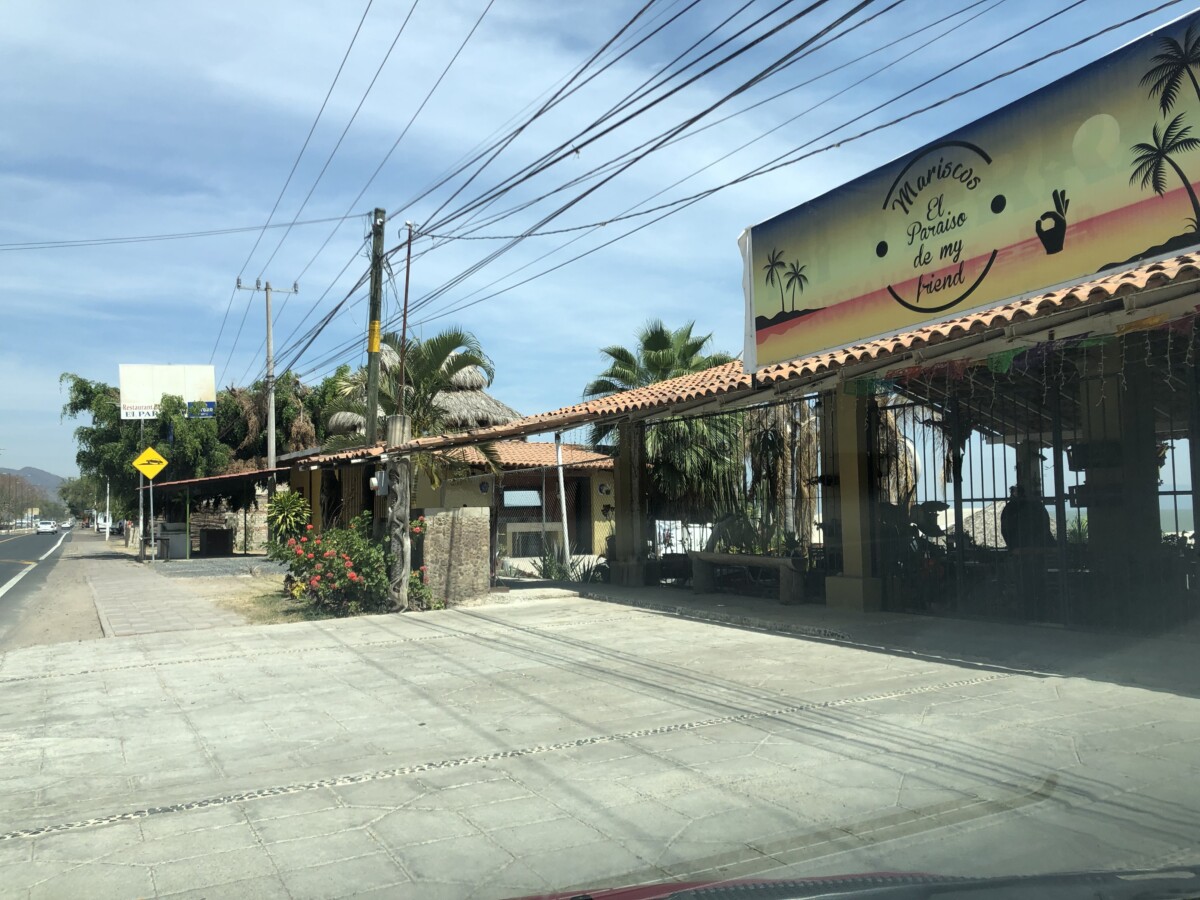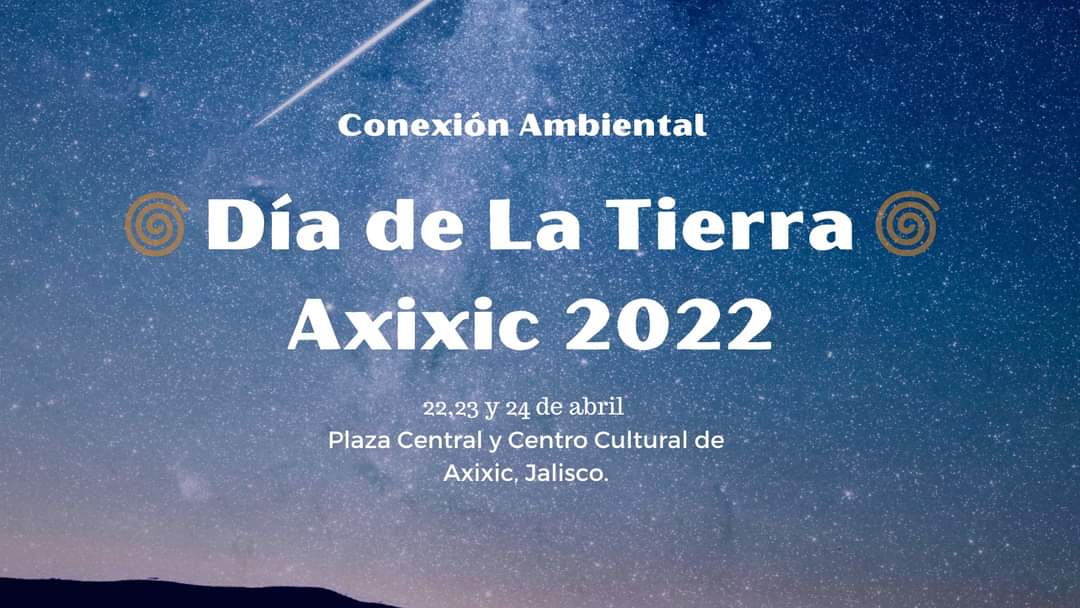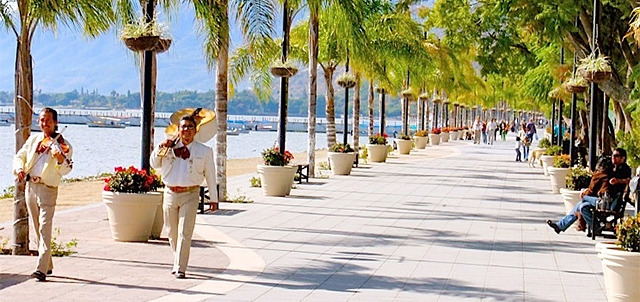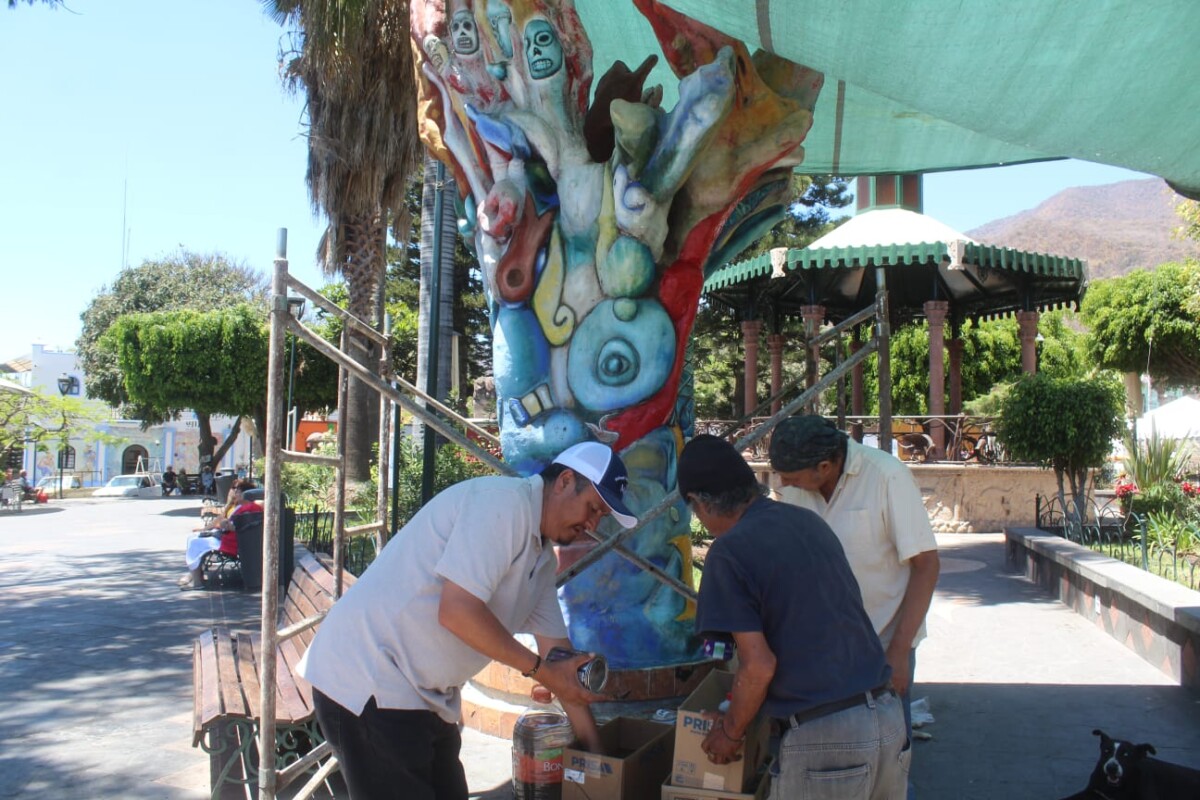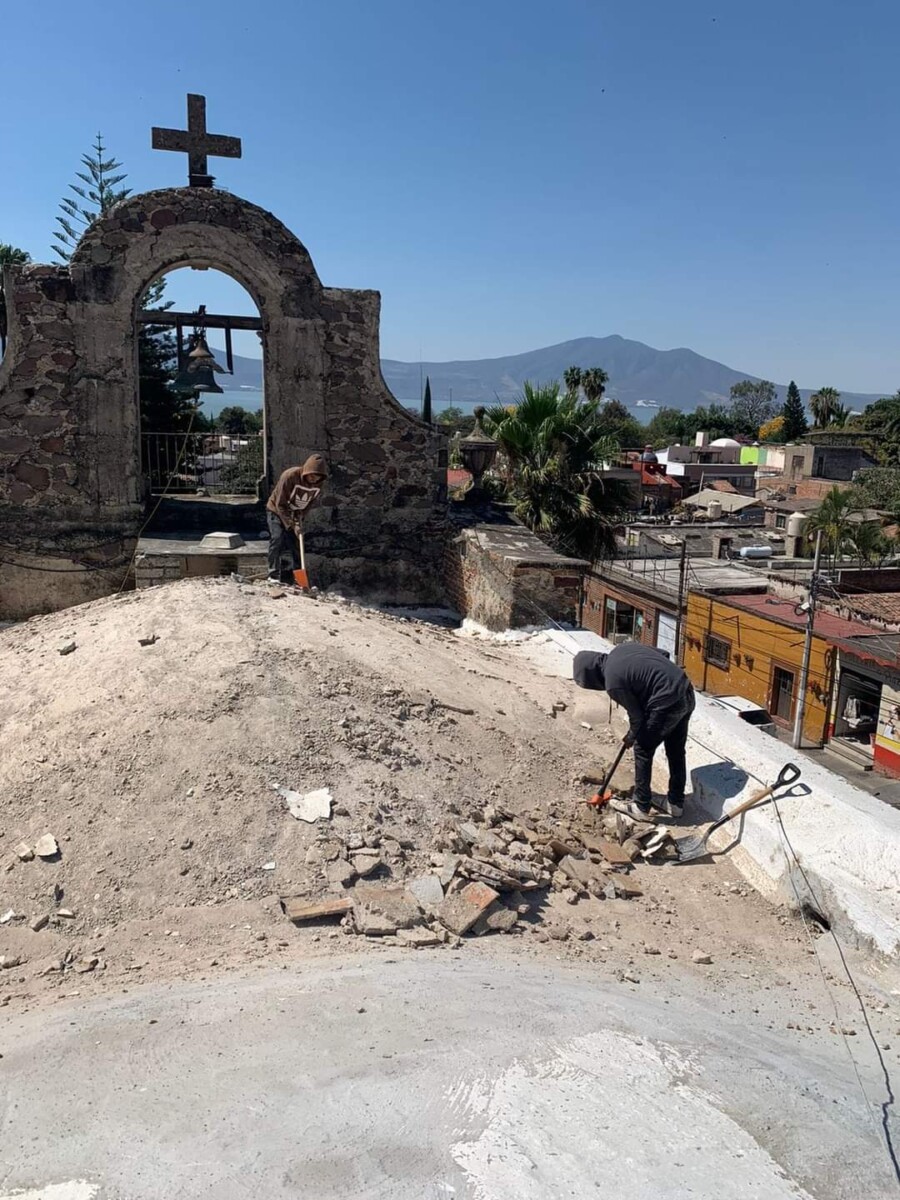Turismo
Jocotepec restaurants expect profitable tourism in Easter Week
The approximately 14 restaurants that make up the area known as Piedra Barrenada expect a large influx of tourists during Easter Week. Photo: Héctor Ruiz.
Héctor Ruiz Mejía (Jocotepec).- Jocotepec expects a major influx of tourists during Easter Week, with a concomitant increase in economic revenue. The 14 restaurants of the tourist – gastronomic zone of San Juan Cosalá known as Piedra Barrenada, located in San Juan Cosalá, are preparing for a return to “normal” after a drop of approximately 75 percent in sales during last year’s holiday season.
According to Víctor Manuel Loza Ornelas, director of Tourism and Artisan Promotion, after two years of a complicated panorama in the sector due to the pandemic, this year more than 18,000 visitors are expected during Easter Week. Loza Ornelas stated that the economic revenue expected is approximately 4 million pesos per week (about US$200,000), or 8,000,000 pesos in total during the vacation season (about US$400,000). This is double the 2,000,000 pesos that are normally generated per week. «The economic revenue in a bad season, let’s say, goes above two million pesos, but in this season that amount doubles», he said.
Saulo Rameño Castañeda, manager of the 42-year-old Bar Piedra Barrenada Restaurant, is also optimistic. «The truth is that the last two years were very complicated. Although we were open last year, we did not take in what we expected. I estimate that there was a 50 percent decrease in sales. However, the outlook for this year is favorable,» he said. The businessman added that during the Holy Days this year, they will open longer hours, from 8 am. to 8 pm. In this busiest time of the year, they host up to 600 diners per day.
The year that had the greatest impact on the drop in sales was 2020, when health authorities forced businesses to close their doors for a month due to the sanitary contingency.
Translated by Elisabeth Shields
Earth Day will be commemorated to raise awareness in the community
Publicity image of the event. Photo: Noris Binet.
Sofia Medeles (Ajijic).- To commemorate Earth Day, a group of activists organized conferences, talks and free activities to raise environmental awareness among citizens.
The events will take place from April 22 to 24, in the Ajijic Cultural Center and in the terrace on the main square.
This first-of-its-kind event will have three days of different activities for different ages, including conferences, musical shows and a children’s art contest. One of the organizers, Noris Binet, shared that this event aims to raise awareness, educate and inform people about the environment.
«It is important for the community to know about this first special event dedicated to the people who have worked for the protection of the area’s environment. We hope that the event will be held every year in the future, and that it will unite the people of the Lakeside area to be aware of the need to defend the lake and the mountains,» Binet commented.
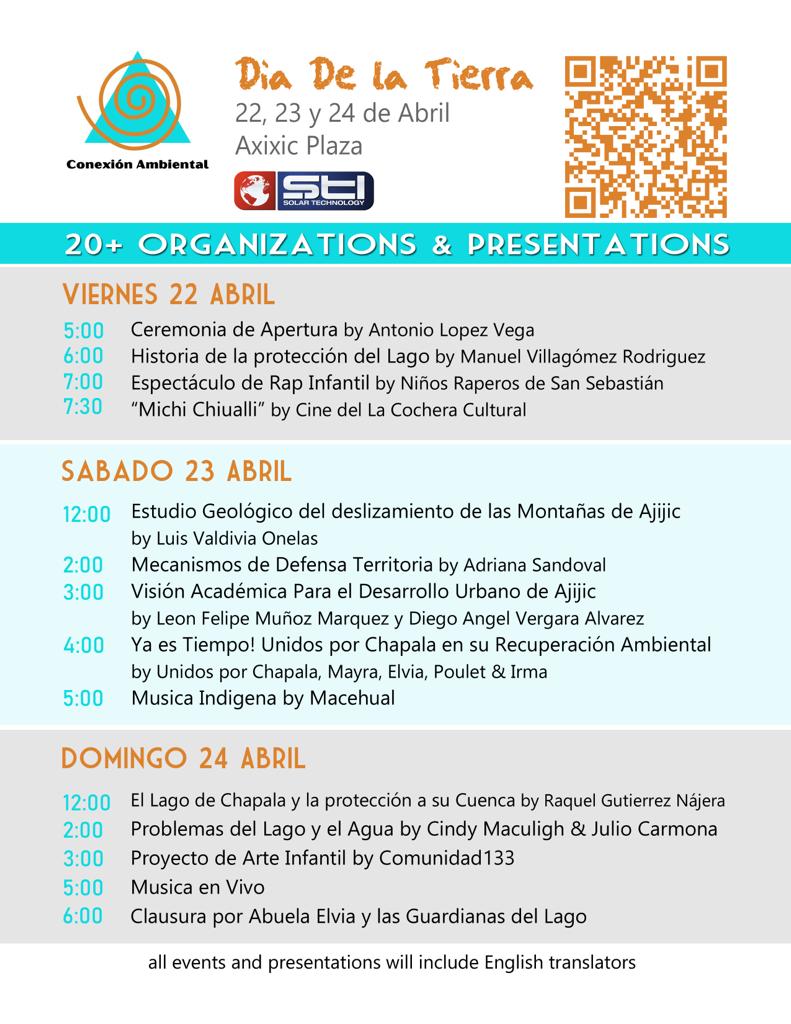
Program of the three days of activities in the delegation. Photo: Noris Binet.
Ajijic acting delegate Maximiliano Macias Arceo added that he thinks it is an interesting and good project to raise awareness and care about environmental issues in the area.
This event will be attended by the researcher Manuel Villagómez Rodríguez, the man who stopped the construction work on the mountain by the highway which left a scar on the hillside known as «the zigzag on the hill” and an activist for the protection of the lake, as well as Luis Valdivia Ornelas, who conducted a study on the landslide of the mountains of Ajijic due to urbanization in these, among a vast group of activists.
The event’s organizing committee is formed by Douglas Reid, Sihara Casillas Gaeta and Noris Binet.
Translated by Kerry Watson
Public spaces beautified to welcome tourists during Easter Week
Delegation personnel planted roses in the planters of the main plaza. Photo: Maximiano Macías Arceo
Sofía Medeles (Ajijic).- The main plaza and the playground area at the Parque de la Amistad on the Ajijic boardwalk were beautified before the Holy Week and Easter vacations.

Installation of synthetic grass in the playground area of the Chapala boardwalk. Photo: Maximiano Macias Arceo
Last Thursday, April 7, the delegation staff were in charge of planting roses in the planters of the delegation and placing synthetic grass in the children’s playground area of the boardwalk.
Translated by Christalle Dalsted
Alistan nieves de garrafa para recibir a los turista
Jhonathan Chávez preparando un tejuino, una de las bebidas predilectas para los turistas durante la temporada. Foto: Héctor Ruiz.
Héctor Ruiz Mejía.- Tradicionales y artesanales nieves de garrafa, junto con el tejuino, se preparan para recibir a los turistas que pasarán la Semana Santa en Jocotepec.
Estos productos, que destacan por su frescura en la temporada de calor, son algunos de los más buscados por los visitantes, tanto en las cercanías de la plaza principal como en el malecón.
Las Nieves de Garrafa “Chávez”, atendido por Jhonatan y su padre, es uno de los puestos más solicitados por estar ubicado a un costado del templo del Señor de Monte, por la calle Miguel Arana, en el primer cuadro de la población.
Por más de 30 años esta familia ha perfeccionado la receta de la nieve de garrafa, ofertando más de 20 diferentes sabores de lunes a domingo de diez de la mañana a seis de la tarde.
En este puesto, los sabores más pedidos son: chongos zamoranos, zarzamora con Philadelphia, Ferrero Rocher, queso crema y pétalos de rosa, sin olvidar los tradicionales sabores como vainilla, chocolate, limón y coco.
“Antes de llegar aquí a Jocotepec, había escuchado de su tradicional nieve de garrafa, pero hasta que la probé, supe de qué hablaban, me encanta venir a la plaza por mi nieve de chongos zamoranos”, comentó Alice, quien lleva más de 20 años viviendo en el municipio.
Por último, el tejuino no se queda atrás, la deliciosa bebida elaborada a base de maíz fermentado, piloncillo y limón, es una experiencia imperdible, además de que contiene probióticos, microorganismos que ayudan al buen funcionamiento del sistema digestivo.
Según estimaciones de la dirección de Turismo y Fomento Artesanal de Jocotepec, se espera que durante la Semana Santa y de Pascua visiten el municipio cerca de 18 mil personas.
Chapala group will help keep Holy Week tourists safe from crime and from scalping by vendors
The Chapala boardwalk is a tourist favorite during vacation season. Photo: Internet.
Jazmín Stengel(Chapala).- Chapala’s Operativo Municipal Alegres Vacaciones (City Operation for Happy Holidays) helps keep tourists safe. This year they will also ensure that merchants treat visitors well, said authorities during the presentation of the operation for Holy Week and Easter, April 9 to 24.
Coordinator of Economic Development José Luis Chávez Rivas will coordinate with officials from the Markets and Regulations departments to avoid harassment of tourists and unreasonable cost increases.
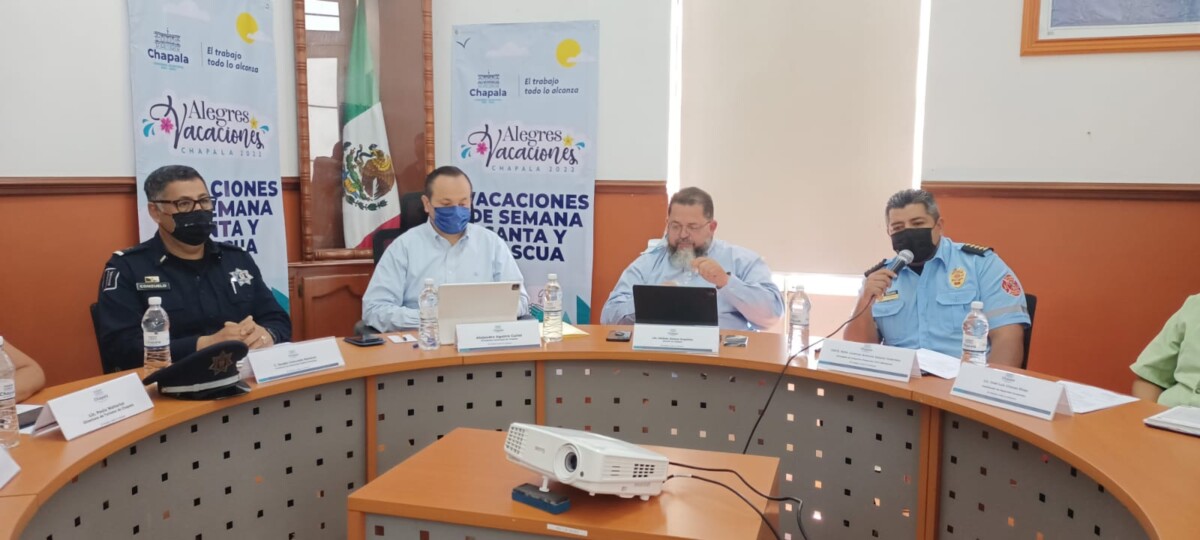
Rehabilitation of the spa inside La Cristianía Park in Chapala for the vacation and summer season. Photo: Courtesy.
An official notice sent to the merchants of the Chapala boardwalk prohibiting bargaining says, “All suppliers must respect the prices, rates, guarantees, quantities, qualities, measures, interests, charges, terms, deadlines, dates, modalities, reservations and other conditions according to which the delivery of the good or provision of service was offered, obliged or agreed with the consumer, and under no circumstances will these goods or services be negotiated to any person. Therefore, they must clearly post their prices of the service they offer to tourists.”
Public Safety, Civil Protection, Firefighters, and Mobility departments will operate on a regular basis. The State Emergency institutions, Harbormaster, Civil Protection of Jalisco, Red Cross, State Police and Roads, will support them.
There will be 99 Public Safety officers, who in turn have 22 vehicles supervising the busiest areas of the municipality 24 hours a day. The boardwalks of Ajijic and the municipal capital will also be guarded. In Chapala, an information module will be installed near the offices of the Municipal Sports Commission on Francisco I. Madero Avenue.
Municipal Mobility will add more people during the season to control the main entrances and exits of the municipality and the borders with Ixtlahuacán de los Membrillos, Jocotepec and Poncitlán.
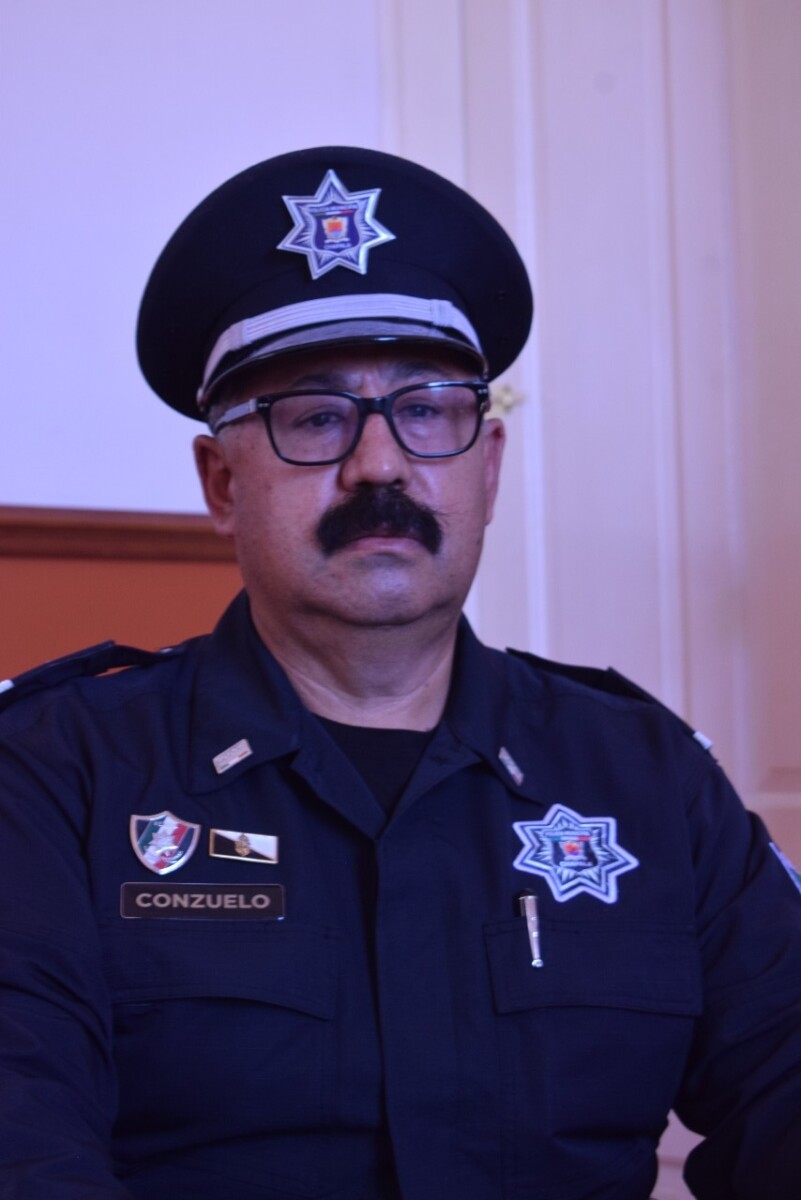
Rehabilitation of green areas in Chapala’s boardwalk. The first two stages are expected to be completed by this year’s Easter holidays.
The Director of Mobility, Moisés Ochoa Urquieta, wants to make Paseo Ramón Corona in Chapala a one-way street during Saints Week. That would force drivers onto González Gallo and Pepe Guízar Avenues, reducing crowds in downtown Chapala.
With six operational units, including two ambulances, Chapala’s Civil Protection and Fire Department will keep a close eye on the most accident-prone road points in the municipality. They will also monitor tourist-favored locations such as parks, boardwalks and forests.
In addition to working with all its staff and volunteers 24 hours a day, the Chapala Port Captaincy joined the supervision of the lakeshore, making available a state vessel. About 70 percent of Civil Protection and Fire Department personnel are emergency medical and rescue technicians.
Finally, Municipal President Alejandro Aguirre says he expects many tourists to generate even more problems with vital public services such as public sanitation, drinking water and garbage collection. Municipal Public Services Coordinator José Antonio Urzua Gracián will ensure that tourists visiting Chapala can take home the best memories of the “Little Corner of Love” as the city slogan goes.
President Aguirre Curiel says he expects two million tourists to visit the Chapala municipality during Holy Week and Easter. That’s why he launched the operation “Alegres Vacaciones en Chapala,” or Happy Holidays in Chapala.
During Holy Week in 2019, the last pre-pandemic year, the Jalisco Secretariat of Tourism Jalisco registered more than 1.3 million visitors on the entire shore of Lake Chapala.
Translated by Mike Rogers
Esperan derrama de ocho mdp en Piedra Barrenada por Semana Santa
Los aproximadamente 14 restaurantes que conforman la zona conocida como Piedra Barrenada esperan una gran afluencia de turistas durante Semana Santa. Foto: Héctor Ruiz.
Héctor Ruiz Mejía.- Jocotepec prevé un aumento del doble de la derrama económica que se genera en la zona restaurantera conocida como Piedra Barrenada, ubicada en San Juan Cosalá.
Tras la caída de aproximadamente el 75 por ciento en sus ventas en la temporada vacacional del año pasado, los 14 restaurantes que conforman la zona turístico-gastronómica, se preparan para volver a la “normalidad”.
Según Víctor Manuel Loza Ornelas, director de Turismo y Fomento Artesanal, tras dos años de un panorama complicado en el sector por la pandemia, se espera recibir este año a más de 18 mil visitantes durante la Semana Santa.
Loza Ornelas aseguró que la derrama económica que se espera es de aproximadamente cuatro millones de pesos por semana, es decir, ocho millones en total durante la temporada vacacional; en contraste con los dos millones de pesos que normalmente se generan por semana.
“La derrama económica en una temporada mala, digamos, va arriba de los dos millones de pesos, pero en esta temporada esa cantidad aumenta al doble”, aseguró el funcionario.
Por su parte, Saulo Rameño Castañeda, encargado del Restaurant Bar Piedra Barrenada, el original, el cual lleva más de 42 años funcionando, visualizó el panorama con optimismo.
“La verdad que los dos años pasados sí fueron bien complicados, incluso el año pasado, aunque estuvo abierto, no llegó lo que se esperaba; yo calculo que fue un 50 por ciento de disminución de ventas, pero este año se ve favorable”, dijo Rameño Castañeda.
El empresario agregó que incluso para este año, se tiene pensado modificar el horario durante los días santos, que suelen ser de los más concurridos del año, de las 8:00 de la mañana hasta las 8:00 de la noche, pues llegan a recibir hasta 600 comensales por día.
No obstante, el año que más impacto tuvo en el desplome de las ventas fue el 2020, donde incluso, por cuestiones de sanidad, autoridades de salud obligaron a los negocios a cerrar sus puertas por un mes.
Embellecen espacios públicos para recibir a turistas en Semana Santa
Personal de la delegación plantaron rosas en las jardineras de la plaza principal. Foto: Maximiano Macías Arceo.
Sofía Medeles.- Se realizó un embellecimiento de la plaza principal, así como del área de juegos en el Parque de la Amistad en el malecón de Ajijic en víspera de las vacaciones de Semana Santa y Pascua.
El pasado jueves 7 de abril, personal de la delegación se encargó de plantar rosas en las jardineras de la delegación y colocar pasto sintético en el área de juegos infantiles del malecón.
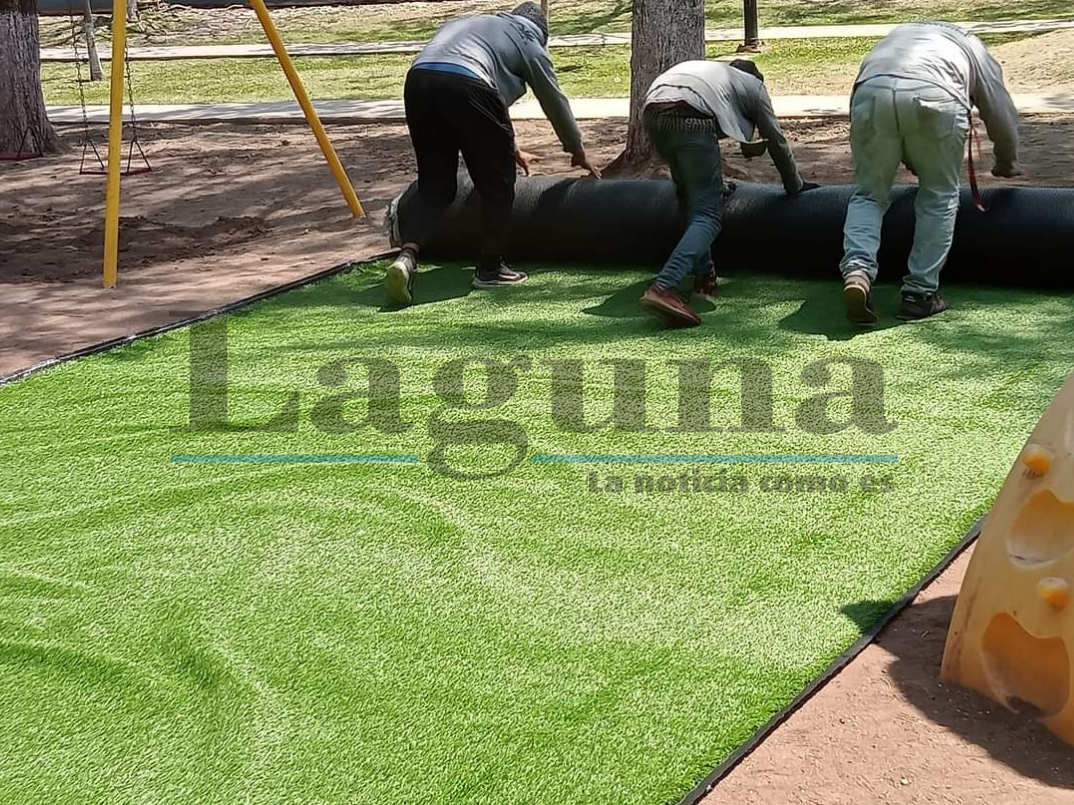
Colocación de pasto sintético en el área de juegos infantiles del malecón. Foto: Maximiano Macías Arceo.
Altares del Viernes de Dolores 2022
Altar a la Virgen Dolorosa en el kiosco de la plaza principal de Ajijic. Foto: Sofía Medeles.
Aunque con menor presencia cada año, la tradición del viernes de Dolores sigue muy presente en muchos hogares de las delegaciones de Ajijic y San Antonio Tlayacapan, las cuales se pueden apreciar en la siguiente foto galería.
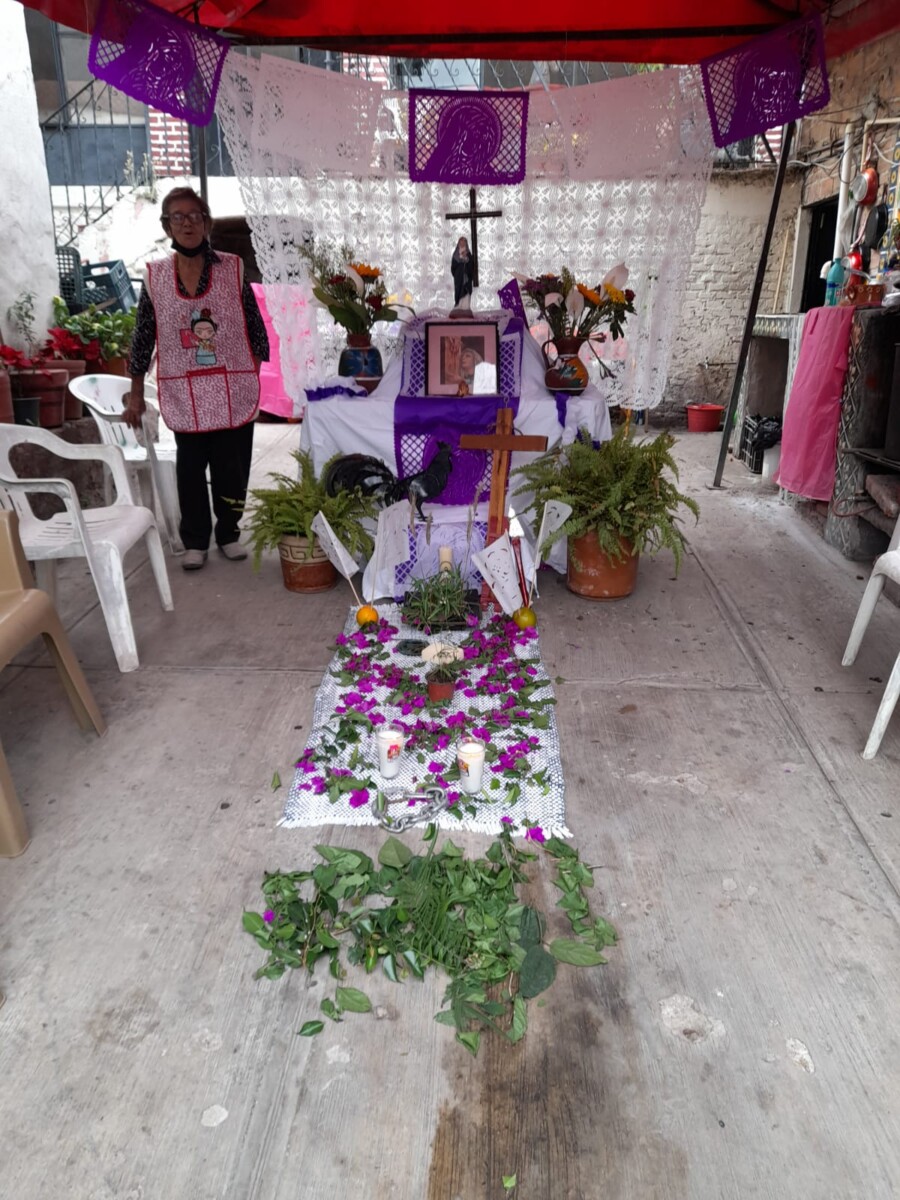
Altar de la señora Irene Martínez, en el barrio de San Sebastián. Foto: Domingo Márquez.
En el recorrido por San Antonio Tlayacapan, se pudieron ver los altares de las familias García Moreida y Moreida Estrada, y Milian Rivas, ambos en la calle La Bandera, familias las cuales, han conmemorado la tradición por más de 50 años.
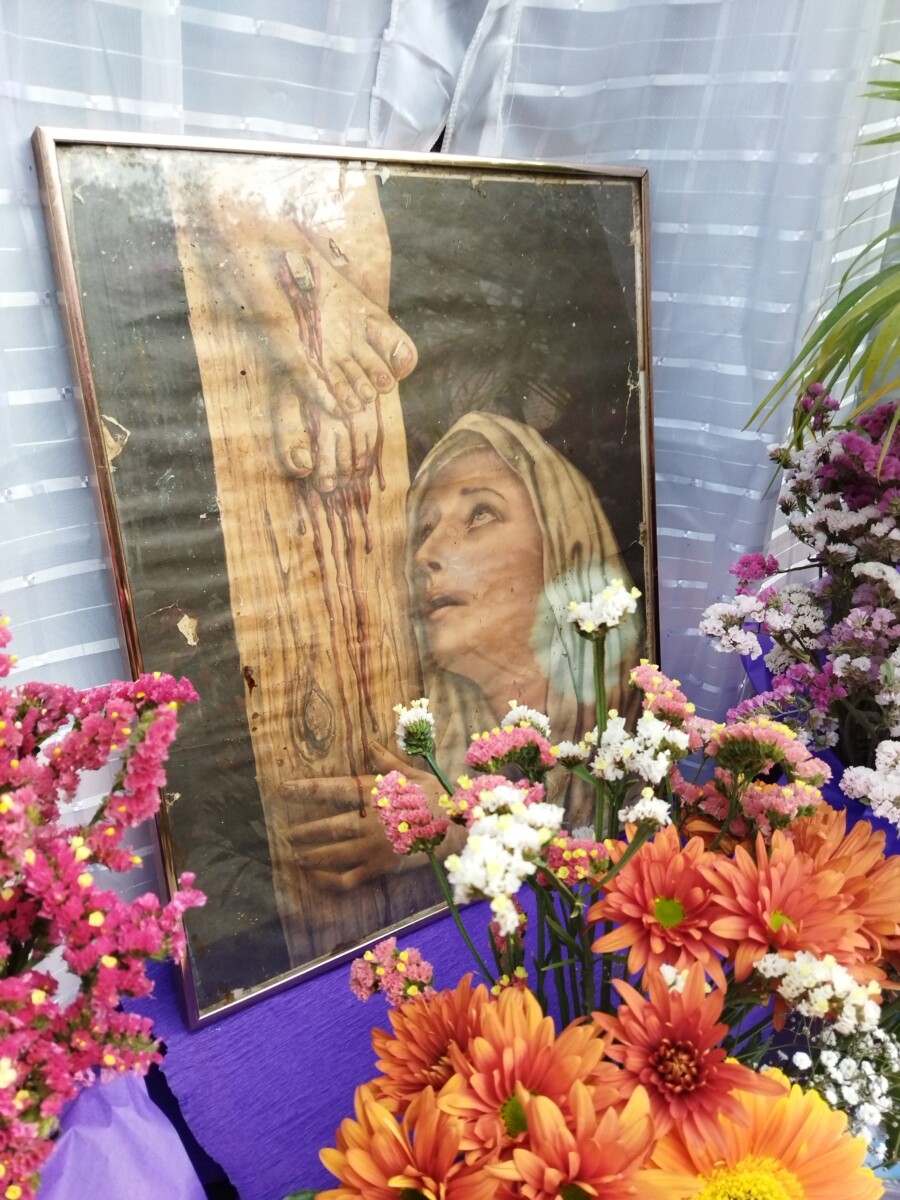
Imagen del altar de la señora Gabriela Rodríguez García, la cual, según testigos, tiene más de 100 años. Foto: Sofía Medeles.
Por otro lado, en Ajijic, este 2022 hubo menor presencia de altares, y los altares fueron un poco más austeros, pero sin perder los detalles que engloban la tradición. Algunos de ellos, se encontraban en el centro de la población, por la calle Guadalupe Victoria, casi al cruce con Aldama, el cual, por más de 50 años, ha colocado sin falta la señora Gabriela Rodríguez García, con una imagen que le heredaron, y la cual tiene más de 100 años, y el de la señora Irene Martinez, del barrio de San Sebastián, quien participa en muchas de las tradiciones mas longevas del Pueblo Mágico, y esta no es la excepción.
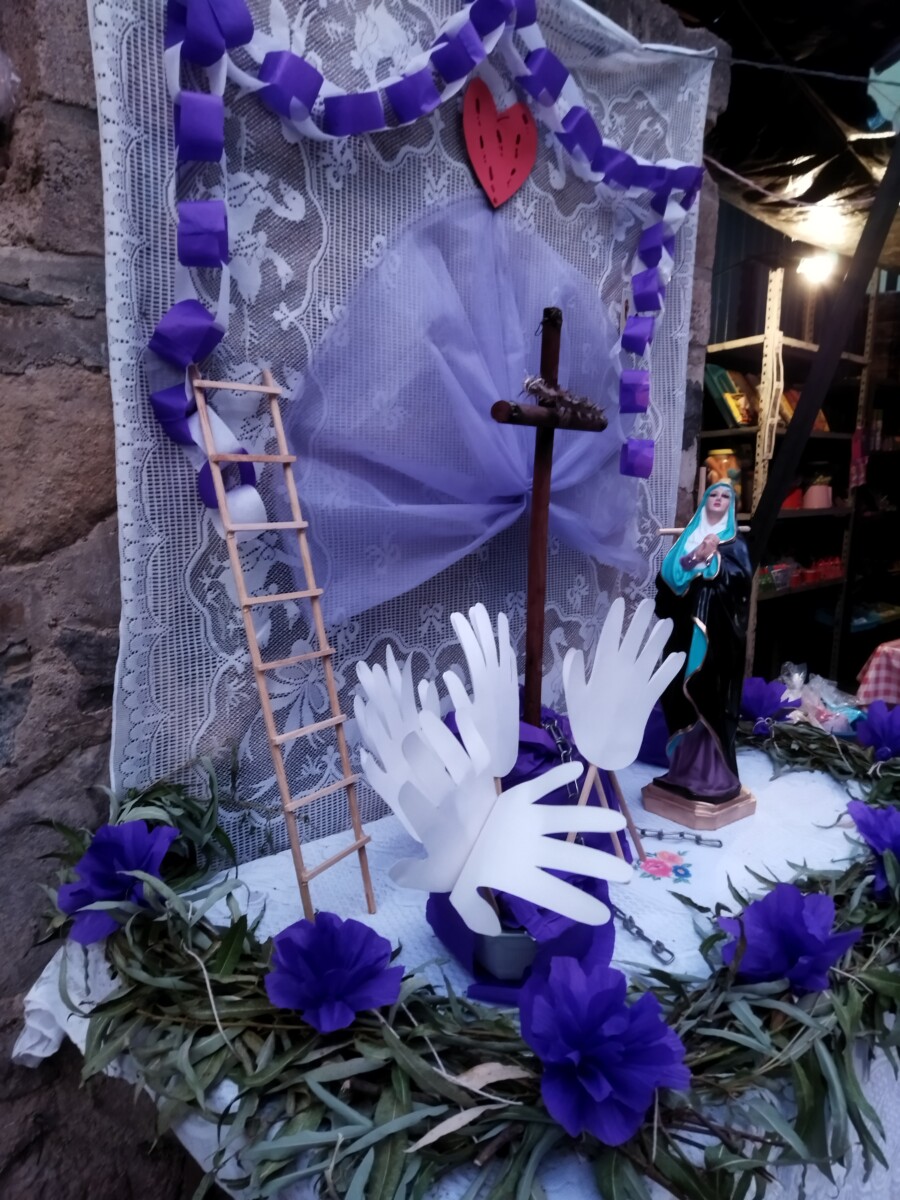
Altar en la calle Francisco Villa, con sus elementos tradicionales de papel. Foto: Sofía Medeles.
Igualmente, en la zona de las 6 esquinas, la villa, y el huajito, donde la tradición suele estar más presente, solo se pudieron ver aproximadamente 4 altares, dos ubicados en la calle Francisco Villa, siendo uno de estos de la familia Rosales Mora, y otros dos en la calle Álvaro Obregón, uno de la familia Antolín.

Altar de la familia García Moreida, en la calle La Bandera, en San Antonio Tlayacapan. Foto: Domingo Márquez.
El viernes de Dolores se conmemora el viernes anterior al domingo de Ramos, con altares que tienen como principal elemento la imagen de la Virgen Dolorosa. Esta fecha representa el dolor de la Virgen por la pérdida de su hijo.
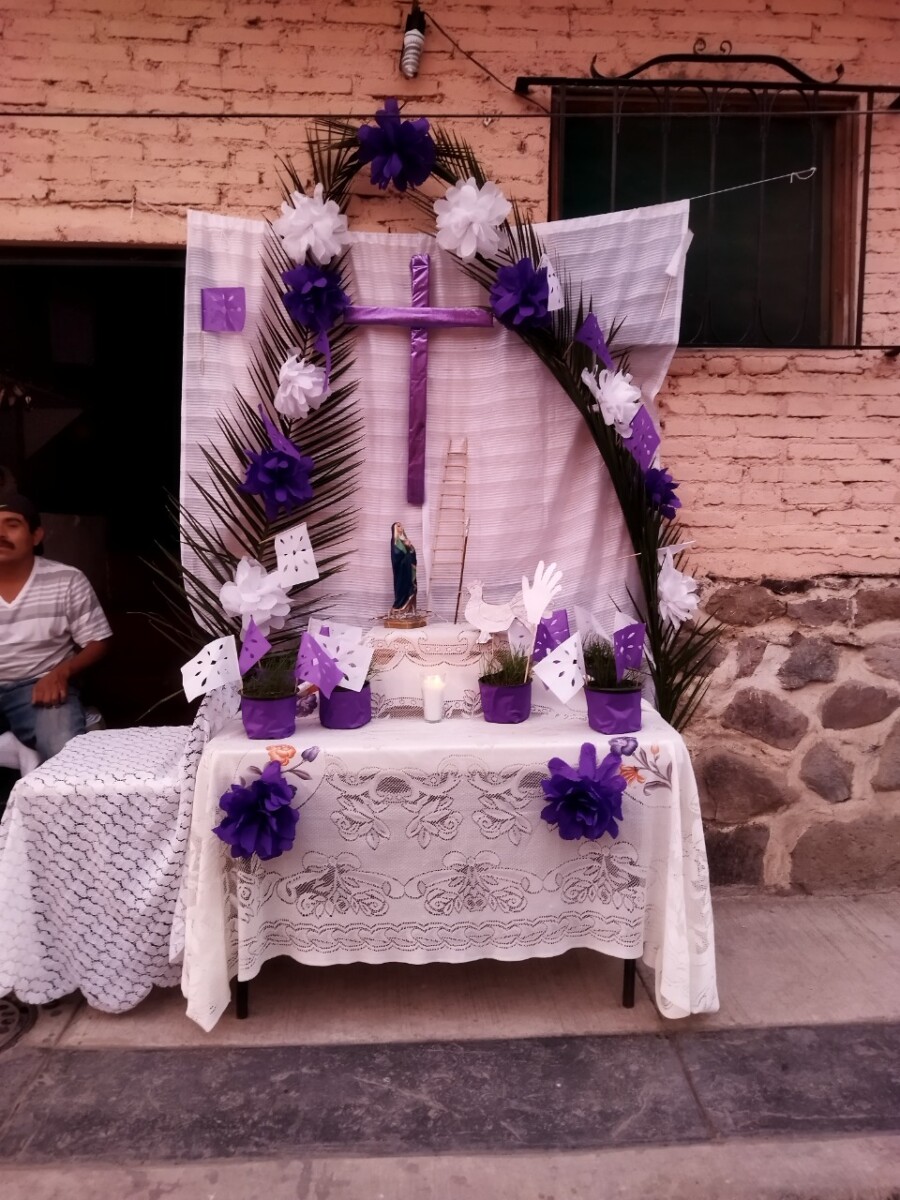
Altar de la familia Rosales Mora, en la calle Francisco Villa. Foto: Sofía Medeles.
En los altares hay elementos como figuras de papel de manos, que representan las manos que bajaron a Jesús de la cruz, las escaleras que se usaron para bajarlo, las flores son por el luto, y la costumbre de dar agua fresca a quien asista a verlos y a rezar un rosario, son las lagrimas que María derramo, el agua se daba de igual manera a quien preguntaba ¿Ya lloró la Virgen?

Altar de la familia Milian Rivas. La costumbre inició con la matriarca de la familia, Clemencia Hernández, hace más de 50 años. Foto: Domingo Márquez.
Ajijic plaza gets touch up before Easter vacation
Painter Antonio López Vega and acting delegate Maximiano Macías Arceo, during the maintenance of the sculpture «Tlaloc». Photo: Sofía Medeles.
Sofia Medeles (Ajijic).- This week work began on the beautification of the main square of Ajijic prior to the Easter vacation when a large influx of visitors is expected.
Acting Delegate Maximiano Macias Arceo confirmed that April tourism season, including the events organized by the group Passion of Christ, such as the Kermes to support the sick of the population, will draw big crowds and the plaza will be ready for them.
«A large tourist presence is expected for these Easter vacations, so we want the main plaza to be in the best possible condition. All will bring visitors from Ajijic as well as tourists.»
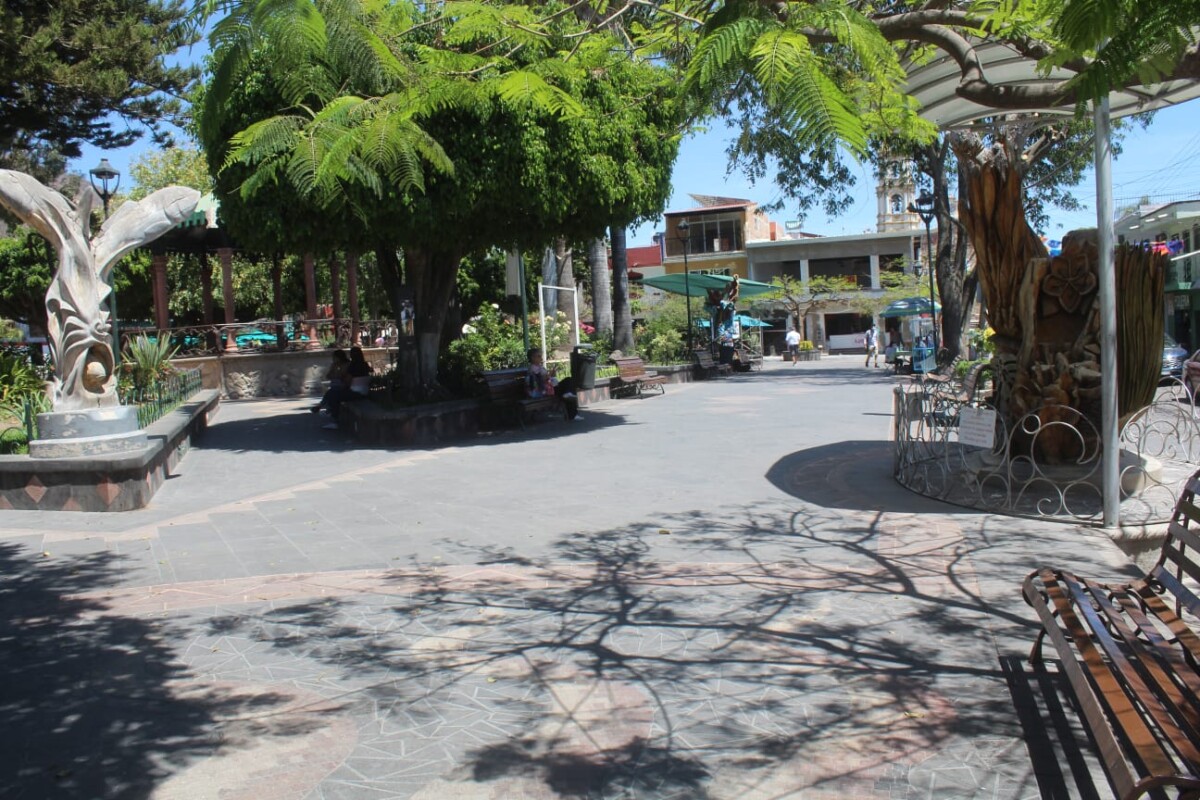
The main plaza of Ajijic is beautified before the April vacations. Photo: Sofia Medeles.
Macías Arceo noted that the work consists of maintenance for the four sculptures in the space, the retouching of the painting of the roof of the kiosk and the cleaning of the terrace and the sides of the planters.
The artists themselves will work on their own sculptures, of which two were created by Antonio López Vega, one by Ricardo González González and one by Estela Hidalgo. The necessary materials will be provided.
López Vega has already started work on his sculptures. One is located in front of the cultural center and the other on Parroquia Street. The painter from Ajijic explains: «The first one, Michi-Cihualli, has been in the plaza for approximately ten years. It was varnished with linseed oil and has gone two years without maintenance. The «Tláloc» is seven years old, and also two years without maintenance. It was originally made of mango root, but the wood rotted and now it is a fiberglass mold; this one will only be painted.»
López Vega invited the public to visit the delegation building on the plaza if they want to support the restoration work with donations.
Translated by Elisabeth Shields
Restoration begins on historical Chapel of Our Lady of the Rosary with support from Sumando Voluntades
Masons working on the roof of the Chapel of the Rosary. Photo: Facebook Capilla de Rosario.
Sofía Medeles (Ajijic).- This week the first restoration project was started in the Chapel of Our Lady of the Rosary of Ajijic, located next to the main square, thanks to pressure from Sumando Voluntades para la reparación de la Capilla del Rosario.
The restoration has been promoted by the group «Sumando Voluntades para la reparación de la Capilla del Rosario» (Summoning Volunteers for the repair of the Chapel of the Rosary), with the approval of the work by the National Institute of Anthropology and History (INAH).
The architect of the project, Josué Ramos, said that the repairs will begin on the roof of the building where the brick will be removed from the surface to begin to fill the cracks that exist in the vaulted ceiling. Later the brick will be replaced and waterproofed.
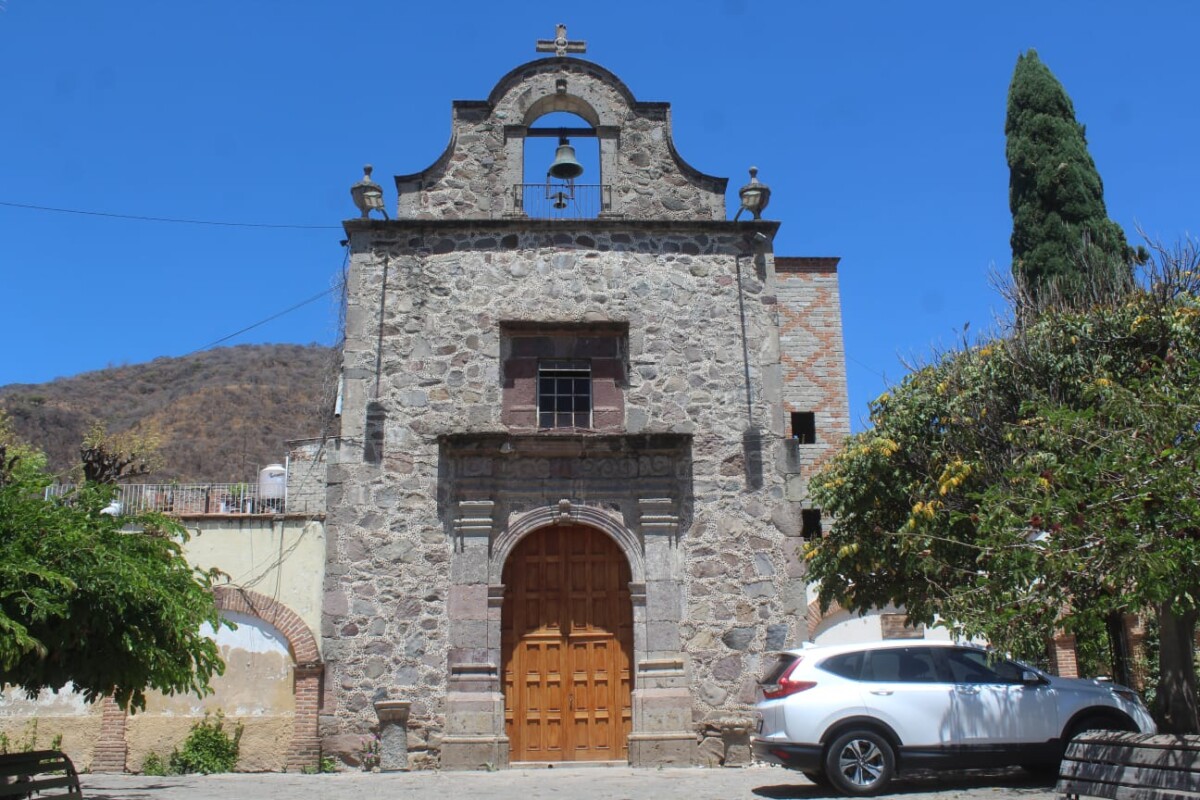
Facade of the church also known as the «little chapel» of Ajijic. Photo: Sofía Medeles.
«The INAH suggested us to use traditional materials of this type of construction, such as soap and alum to make the waterproofing,» commented the architect. The building’s foundation will also be restructured.
The group «Sumando Voluntades para la reparación de la Capilla del Rosario,» was formed in 2018, to solve the structural damage due to the aging of the little chapel, whose restoration must be supervised by INAH because the building is considered a historical monument, dating from the early eighteenth century.
In spite of the setbacks that the group had due to the Covid-19 pandemic and the death of some members, it has held several events such as church fairs, art auctions and the Rosary Race to raise funds to begin the restoration.
Josué Ramos invited the members of the group as well as local residents to the meeting to be held on Monday, April 4 at 6:30 p.m. at La Capillita, to establish the board of directors of Sumando Voluntades.
Translated by Kerry Watson
© 2016. Todos los derechos reservados. Semanario de la Ribera de Chapala
